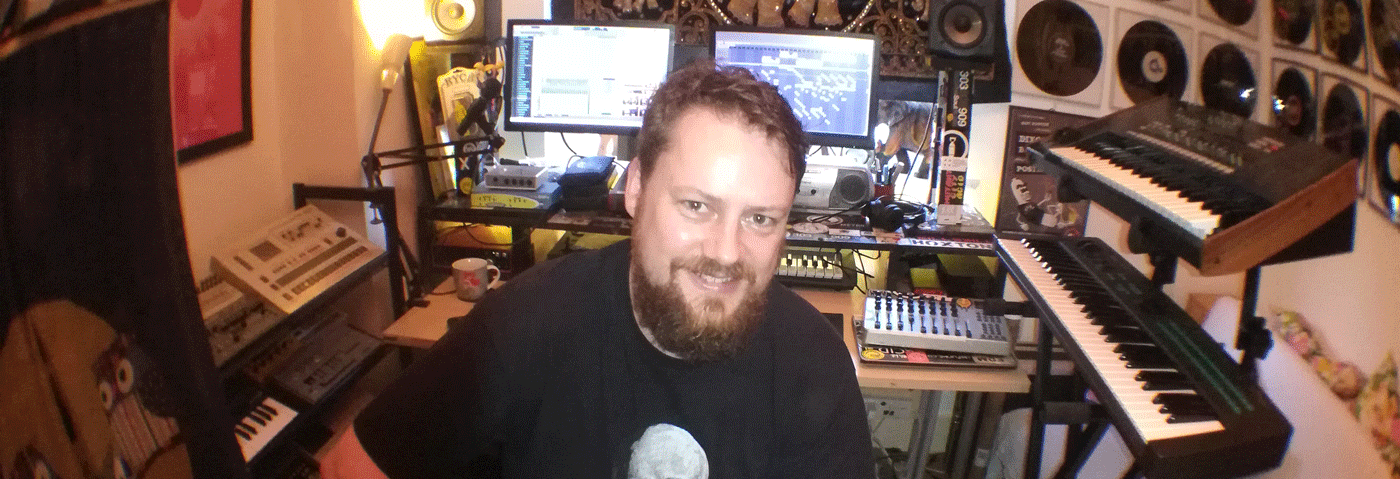‘For a long time I worried about things like authenticity or technical prowess; but in the end there’s a legion of “All The Gear, No Idea” crew arguing with each other on internet forums. What counts is the end product. This is my setup, it’s pretty lo-fi and naff – and I love it.’
Josh Doherty from Posthuman shows us his studio.
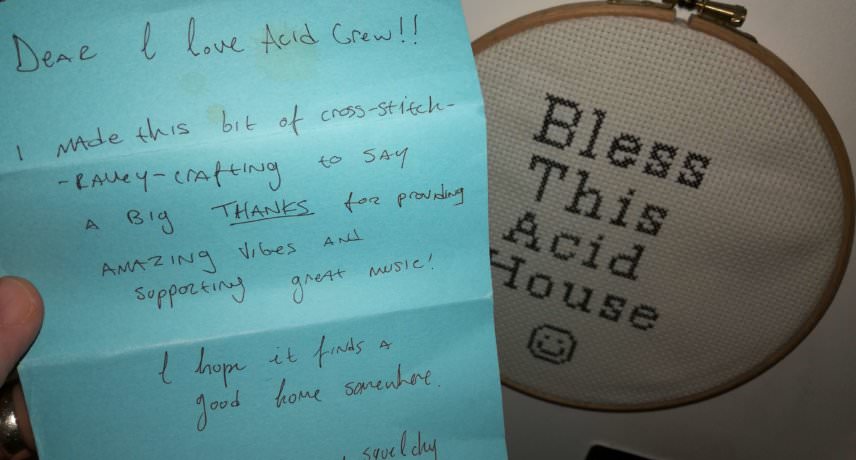
Cross Stitch
The one thing that is quite special is a cross-stitch that a punter at I Love Acid once handed me at the door, with a little note inside. Just the fact that someone would make that effort for a club night means a lot to me – I’ve always wanted to build a community and identity with I Love Acid rather than just another faceless brand. When someone identifies with a label, artist, or clubnight and feels a sense of belonging to it – that transcends it all.
Something I’ve realised over the years is that it really, really doesn’t matter how you write, or what you use – it’s all about finding a workflow and creating an environment that suits your own mindset. For a long time I worried about things like authenticity or technical prowess; but in the end there’s a legion of “All The Gear, No Idea” crew arguing with each other on internet forums. What counts is the end product. This is my setup, it’s pretty lo-fi and naff – and I love it.
Related
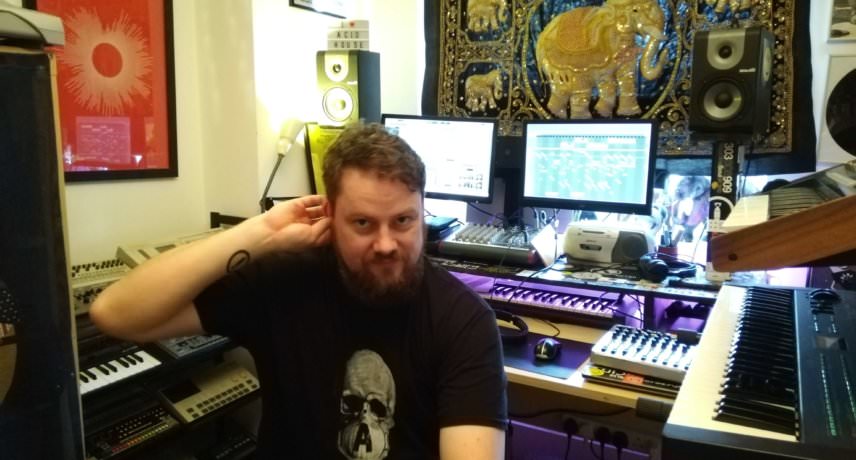


Posthuman – My Studio
Hello! I’m Josh from Posthuman and this is my studio.
It’s generally a pretty ramshackle affair but right now everything is quite tidy and unplugged. I tend to wire up different bits, as and when I’m writing with them and then leave them there, layering each other over and over again until there is one chaotic tangled mess of audio, midi and power leads. I then do a mass unplug and start again..
Related
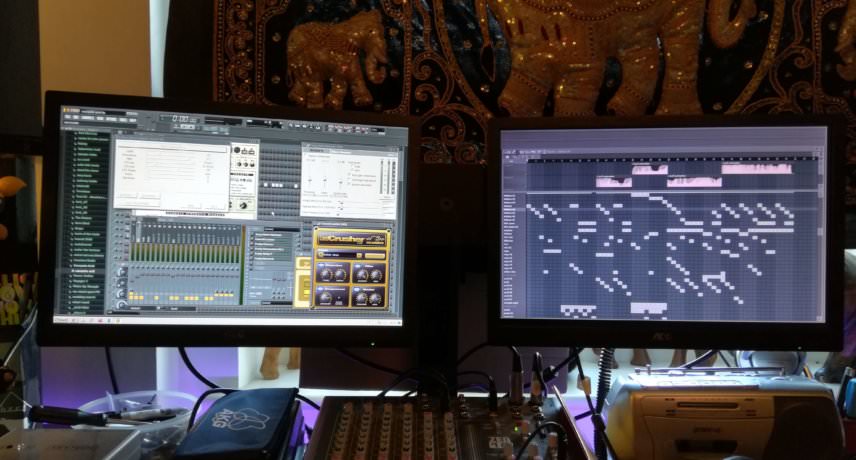


DAW
The DAW I use is FL Studio, run on a Windows PC.
It’s a version from a while back and I refuse to upgrade, because I don’t want to lose a bunch of weirdo homemade VST plugins on this build, and newer versions of the DAW have significant changes to the workflow and shortcuts: I prefer to stay with what I know without thinking as muscle memory and instinct is important.
I have a young son and am a stay-at-home dad, so time is precious – I’m more interested in being able to get my ideas down quickly than spending hours learning new techniques. If I need to expand my palette, then it’s usually more hardware that I’ll gravitate to rather than plugins or software.
I love Ableton for gigging with, but I come from a background using hardware step sequencers and then modtrackers, so FL Studio works naturally for my approach. For a long time, there was a stigma attached to FL Studio (especially when it was called Fruityloops), it was regarded by tech geek snobs as a joke, so through imposter syndrome and fear of being outed, I didn’t really tell people what I used to write with! But now, I don’t give a shit; it’s great and I love it.
Related
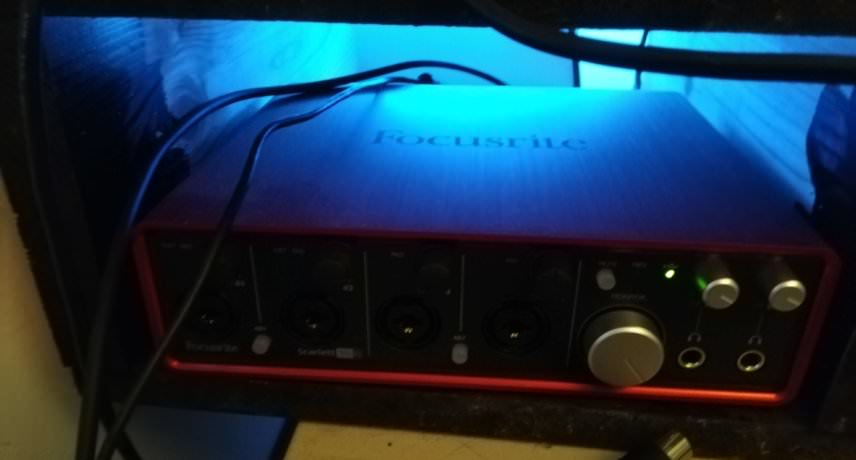


Audio Interfaces
FL Studio talks to the hardware via a M-Audio Midiman midisport 4×4 which is then expanded out with a Keytech 8-way midi thru box.
I have a Focusrite Scarlett 18i8 soundcard and an Allen & Heath Zed10 desk (which also has a soundcard) so I can run audio in and out simultaneously, when say recording hardware or vocals directly into the DAW. It’s a bit of a mish-mash way of working but I like it.
Related
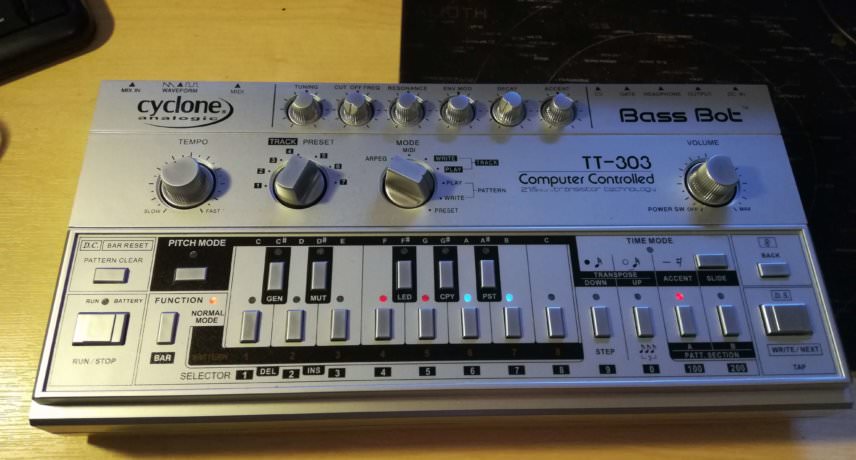


Cyclone Analogic TT-303
The absolute core piece of kit I use is the Cyclone Analogic TT-303 – version 1.
This is my favourite TB-303 clone, and in my opinion the closest you can get to a TB-303; bar having a real one or a Re-303. I’ve tried a few others – the new TB-03, x0xb0x, MB33 etc. but it’s the TT303 for me. It has to be the v1 which looks almost identical to the Roland original.
The v2’s look and feel ugly, they lack battery power and the midi ports are too deep inset. Also, you can’t mod them or adjust the VCO range. I currently own two (one is being repaired) and I’ve owned two others previously; one now is with Neville Watson and the other with Paranoid London. They’ve gone to good homes.
One nice feature from the TT-303 is that it can receive midi clock sync and simultaneously send midi from it’s own sequencer, so you can run a second TT-303 to harmonise (or any other synth really) – an example of this here in Usurpate Acid, from about 3 mins 45 you can hear it doubling up on the acid line.
Related
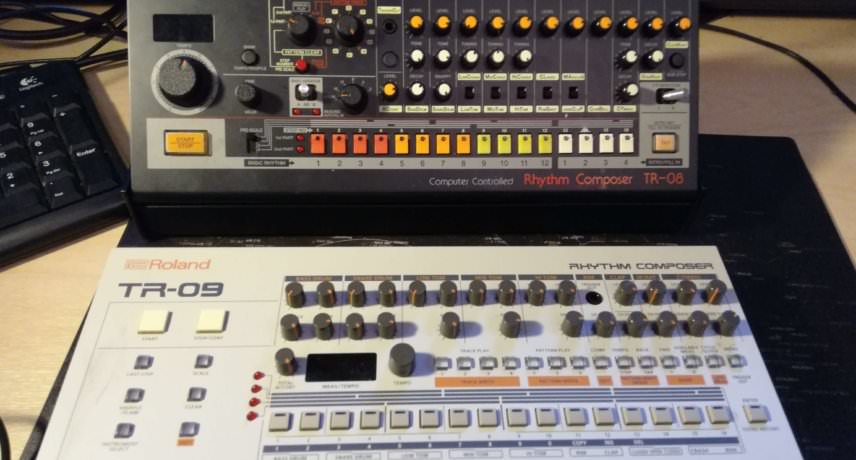


Roland TR-09 & TR-08
I have a few of the new Roland Boutique range – the TR-09 and TR-08 drum machines, and the JU-06 and SH-01A synthesizers.
The two drum machines are handy for live gigs (due to their small size , battery power, and full midi) and for when you want to record drum lines with all the sounds in one channel through one effects rack. There’s definitely a character you get from recording drum machines rather than using samples in your DAW. I guess it’s all the little things, the variance in output and input volumes, cabling, little bit of dust, the desk etc.
The TR-09 I challenge anyone to tell it apart from the original. The TR-08 is pretty good but the kick isn’t quite right (and there’s an odd phasing when you have it on full decay and tone). I just wish they had quarter-inch pro level outputs rather than the shitty mini-jacks, similar to the Korg Volca series…
Related
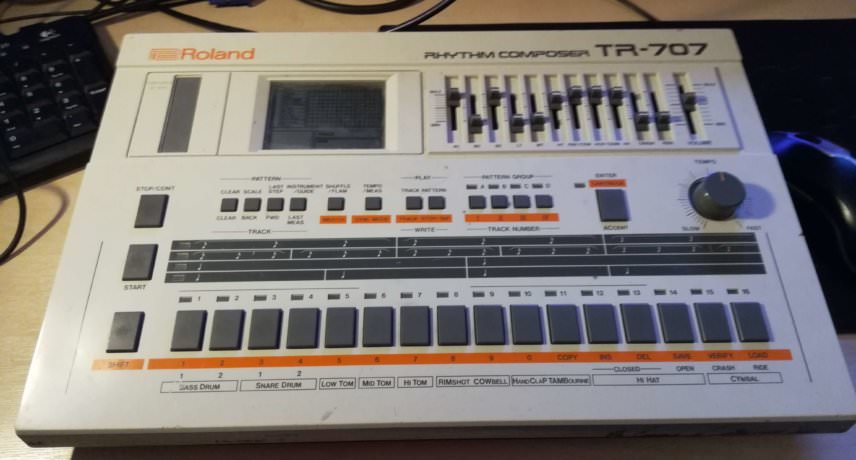


Roland TR-707
My all-time first choice drum machine is Roland TR-707. The sounds are pure house jack – I’d honestly take it over an 808 or 909. It’s lovely to use, with its big soft buttons and individual faders.
Mine is actually made from two different machines. I had the inner workings but a busted case and loads of missing buttons and knobs, then I found one going from a storage unit that was wet inside, so the electronics were knackered but the physical parts were fine…so I cobbled the pair together!
Related
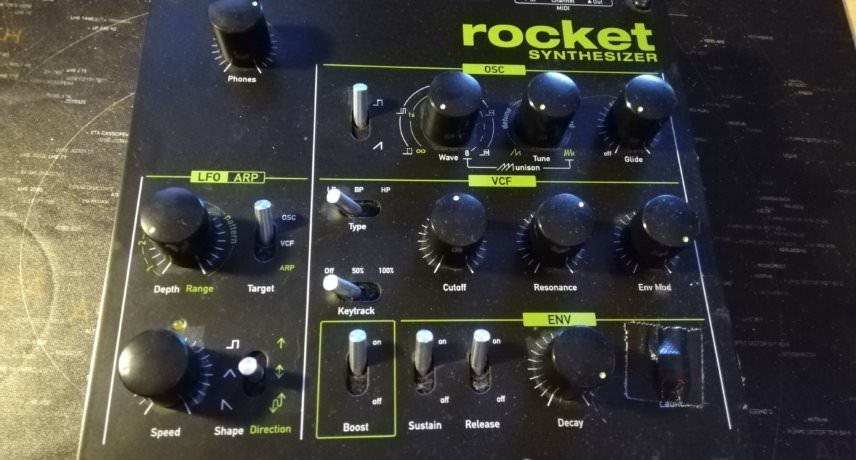


Waldorf Rocket
I often use my Waldorf Rocket and run the drums into the VCF in, with the trigger button taped down and the “boost” on, sustain pushed up full. It has a great old dirty filter that gives the TR-08 & TR-09 drums an amazing rawness.
Related
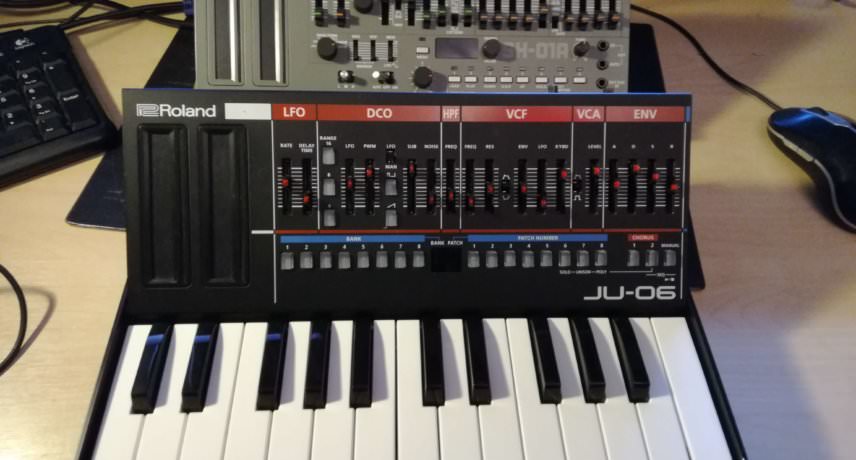


Roland SH-01A & JU-06
The SH-01A is something special. I honestly cannot tell it from an original 101, but it also has the gorgeous unison/chord polyphony options which is fucking amazing for lush pads and ravey stabs.
The JU-06 again is a loyal mimic of the Juno 106 (which I used to own but had to sell to pay the bills a few years back) right down to the hissy chorus! They may be digital but I rate them highly. The JU-06 pads can be heard in a LOT of Posthuman tracks – for example, here in “Polywater Acid” coming in at around the 5 min mark.
Attack covered the Juno in detail here.
Related
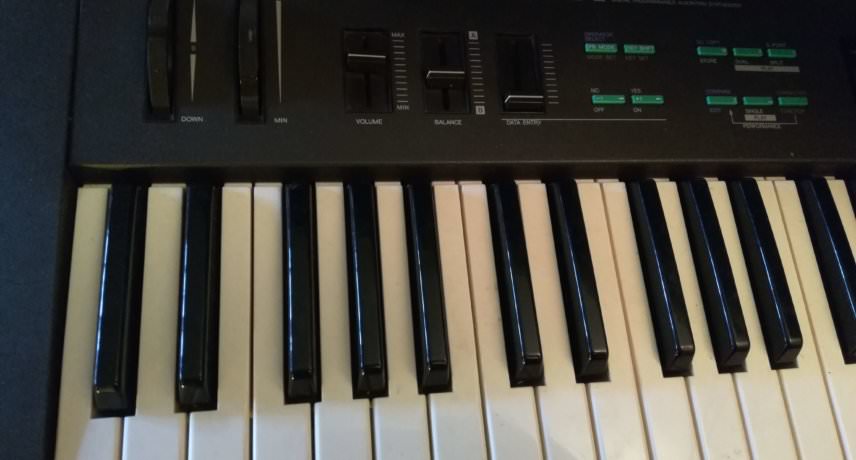


Yamaha DX21
My Yamaha DX21 is an old digital FM Synthesizer, it was the first ever synth I owned and I still love it now. Great for rubbery punchy basses, and harsh bleepy noises. Total pain in the arse to program though.
The Roland Juno Alpha-1 is also notoriously difficult to program, with just a tiny LED screen, and one single parameter selectable and editable at one time via a highly annoying jog-wheel.
Luckily, I recently acquired a Novation Zero SL Mk2 controller that automaps all the MidiSys settings and absolutely transformed the clunky interface. This is the synth behind so many iconic techno sounds – not least the famous Rave Hoover! I love the Timpani sound best, a proper electro staple.
Related
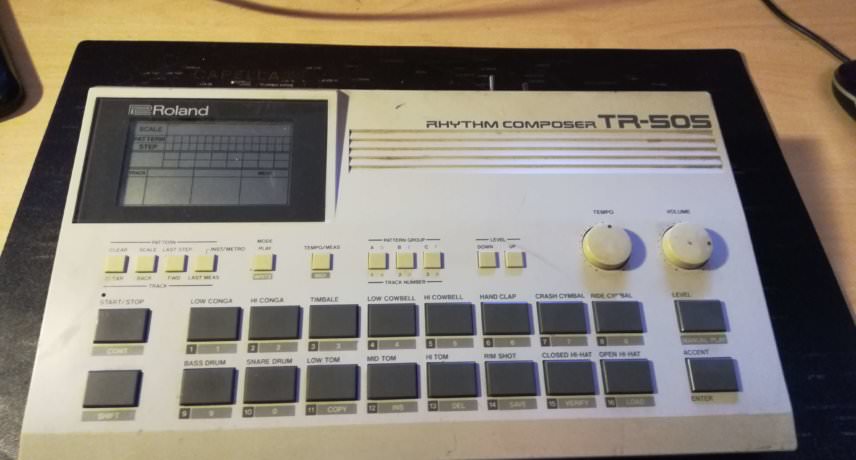


Roland TR-505
A bit of an oddity in my studio is the Roland TR-505. Probably the least desirable of the entire x0x Roland series, sample-based; it’s like a little baby version of the TR-707 but without individual outputs or volume controls, and a slightly crapper set of sounds.
It’s pretty easy to use though, and moddable: I had mine done by Harry Axten, he added Oberheim DMX and Linn Drum kits which completely transformed it. It’s another one that runs on batteries and has full midi, so is a surprisingly fun bit of gear for live gigs. Only cost me £50 on eBay too.
Related
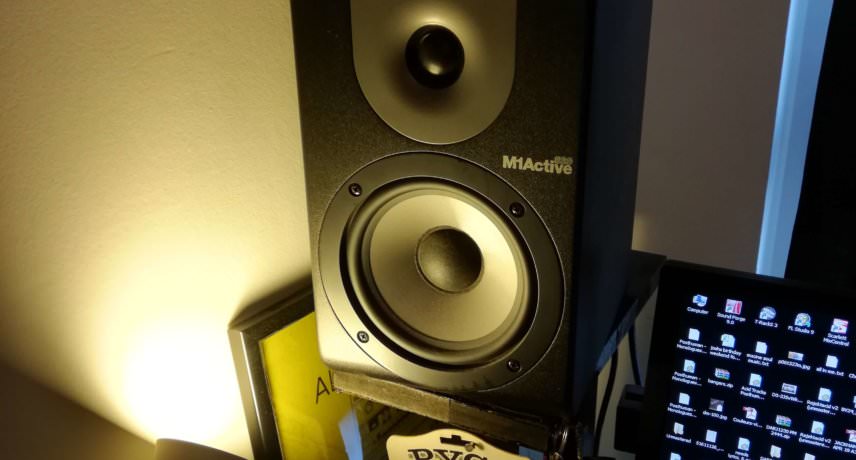


Alesis Active M1s
My studio monitors are Alesis Active M1s. Not a particularly popular choice, and perhaps a little bass heavy, but it’s a home studio in a residential area so I’m rarely pumping them too loud, and my ears are pretty well tuned to them so they work for me.
Related
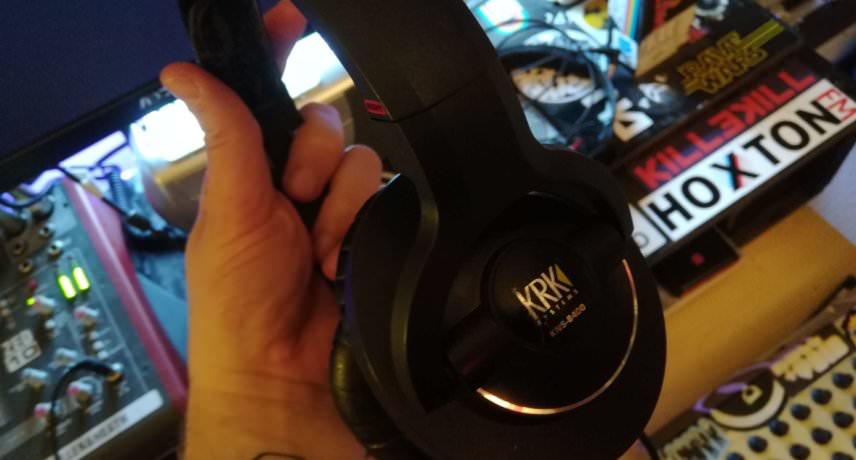


KRK KNS8400
I also do a lot of headphone writing and my KRK KNS8400’s do the trick – not only do I really like the way they sound, but I find them very comfy for wearing for long sessions without getting a sweaty head or sore ears.
Related
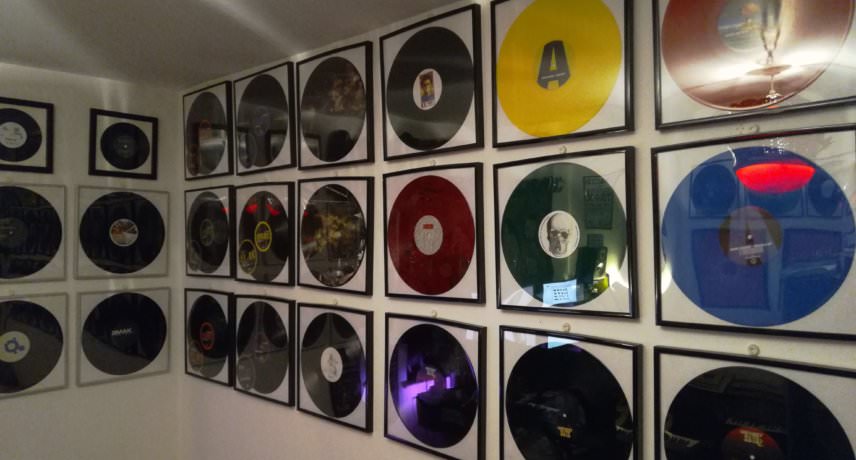


Records
I started putting records up in frames on the walls a while back – when a local pound shop stocked the 12” frames I bought a whole big pile of them – but I ran out of wall space about 15 records ago now.
There’s a lot of daft bits kicking about the room, plenty of prints on the walls and Star Wars vintage toys.
Related



Cross Stitch
The one thing that is quite special is a cross-stitch that a punter at I Love Acid once handed me at the door, with a little note inside. Just the fact that someone would make that effort for a club night means a lot to me – I’ve always wanted to build a community and identity with I Love Acid rather than just another faceless brand. When someone identifies with a label, artist, or clubnight and feels a sense of belonging to it – that transcends it all.
Something I’ve realised over the years is that it really, really doesn’t matter how you write, or what you use – it’s all about finding a workflow and creating an environment that suits your own mindset. For a long time I worried about things like authenticity or technical prowess; but in the end there’s a legion of “All The Gear, No Idea” crew arguing with each other on internet forums. What counts is the end product. This is my setup, it’s pretty lo-fi and naff – and I love it.
Related



Posthuman – My Studio
Hello! I’m Josh from Posthuman and this is my studio.
It’s generally a pretty ramshackle affair but right now everything is quite tidy and unplugged. I tend to wire up different bits, as and when I’m writing with them and then leave them there, layering each other over and over again until there is one chaotic tangled mess of audio, midi and power leads. I then do a mass unplug and start again..
Related
Posthuman’s “Excerpts from Voyager 3” is out mid-May on The Dark Outside . Find them on Facebook, Twitter & Soundcloud
Related
8th May, 2019
